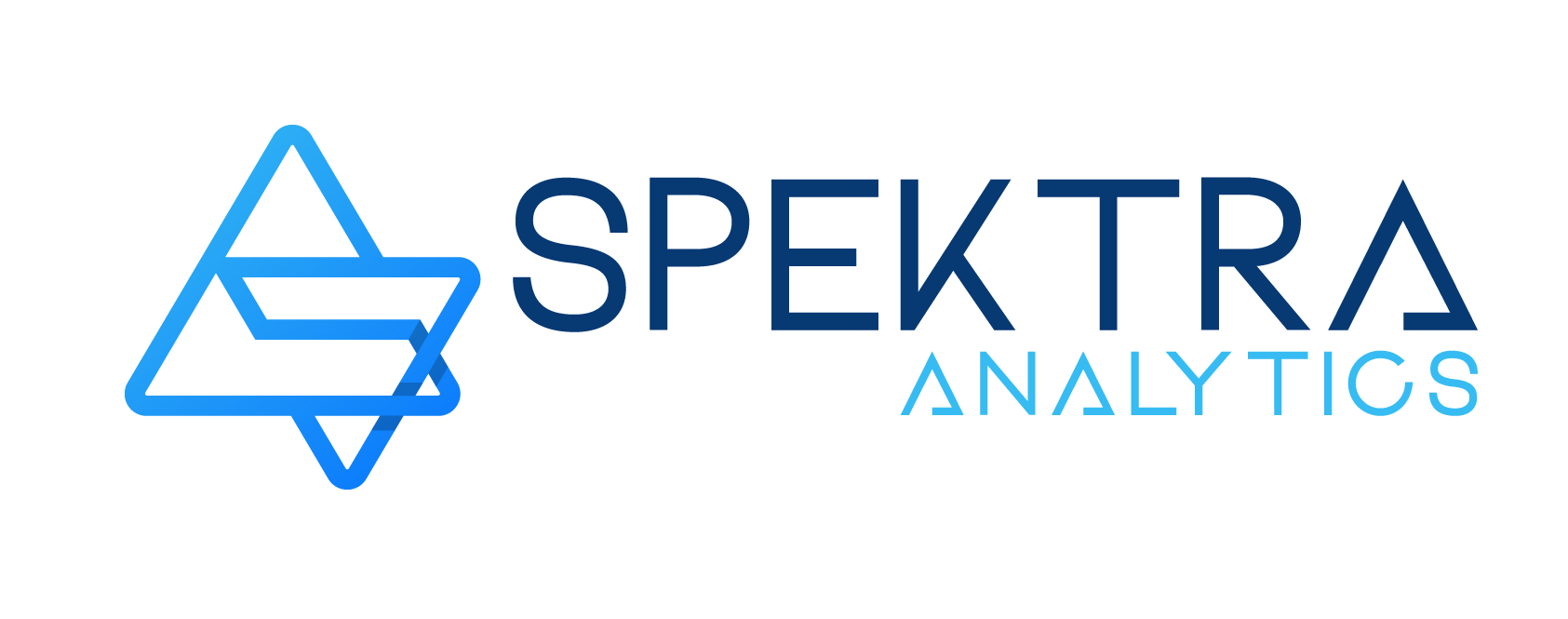
Cloud Advisory has become an essential service for Spektra Analytics to help our clients gain a clear understanding of their cloud usage and control their cloud costs, whether that is cost related to the Hyperscalers or the vendors providing Public Cloud Management. Further, Spektra Analytics helps establish governance around cloud usage that helps ensure cost optimization, compliance and knowledge sharing within the organization.

Moreover, we also offer cloud governance and optimization services that help our clients ensure compliance, security, and efficient use of cloud resources. Our goal is to empower our clients to make informed decisions around their cloud usage and drive value from their cloud investments.
At the strategical level it is important to have the cloud adoption aligned with business goals and overall strategic levers. This ensures that cloud is not just something that IT implements or uses, but that the usage of cloud has a specific strategic objective that it fulfills. This also promotes accountability across the business, since the business becomes accountable for the technology spend. To further this objective, there should always be a detailed business case aligned with stakeholders to show the value of cloud adoption.
At the technical levels it is important that cloud adoption is aligned with choosing the right cloud services. Always consider if a IaaS service can be replaced by a PaaS service, or alternatively a SaaS service. Of course this goes both ways, so if a SaaS service represents a significant lock-in and risk regarding increase in license costs, maybe an IaaS solution is the way to go.
Technical assessment also includes designing for cost reduction, ensuring workloads are designed to run in the cloud - can we turn it on/off, is it automated etc. Designing for cost reduction would include considerations around sizing, utilization, license optimization, reserved capacity etc.
Finally at the operational level FinOps should be an integrated part of running workloads in the cloud. This will include continuous monitoring of workloads and costs, and also updating governance around design principles. Making use of chargeback/showback also helps incentivize the business and creates transparency across the enterprise.



2. Moving workloads to the cloud increases marginal cost of on-premise workloads: The less workloads that remain on-premise, the higher the marginal cost. There will always be some fixed costs associated with running your own data center, and enterprises most therefore prepare for the increase in marginal cost for on-premise workloads.
3. Rewriting applications is almost never the solution: Due to the exceedingly high cost associated with rewriting applications to fit in the cloud, it is almost always impossible for enterprises to undertake this task. The investment cost is too high and this underlines the need for a hybrid setup.
4. Enterprises must keep up with the usage of cloud: Governance is a significant part of enabling and maintaining cloud adoption in the enterprise. A roadmap for training, hiring or using external consultants should be in place. The scarcity of these resources make it critical to plan ahead.
5. FinOps is a key discipline with increased consumption: The ongoing optimization of cloud costs and ensuring that workloads are designed with cost optimization will only increase in importance when cloud consumption increases. FinOps is a relatively new discipline for many enterprises, and requires both technical and financial know-how. FinOps can not be solved purely by using tooling, but requires skilled professionals to ensure optimal consumption.



